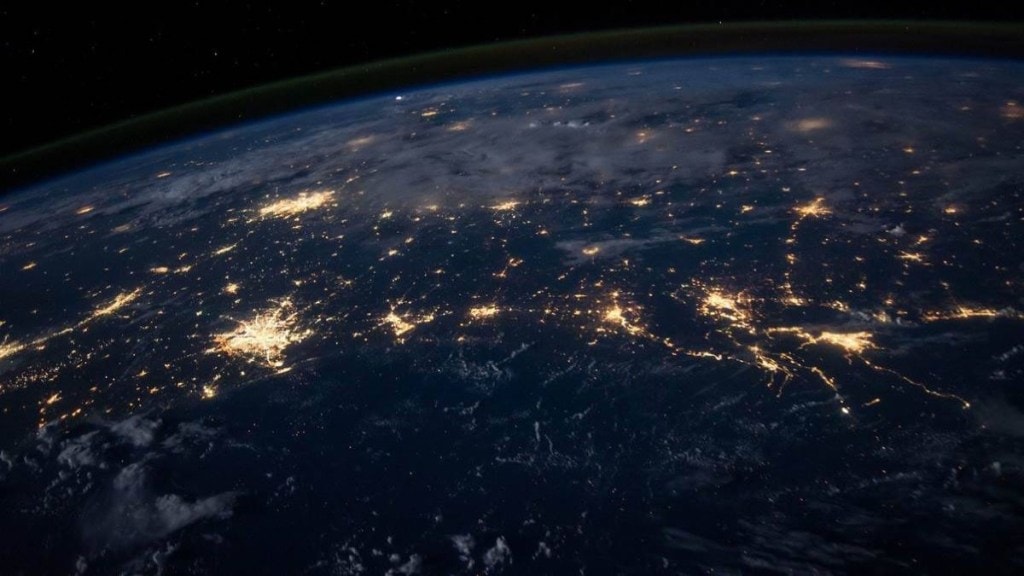It is a mere 3mm shield in the stratosphere that is saving the life blooming on Earth from the harmful UV rays. Moreover, the layer gets even thinner at some places and that depletion is what we refer to as the ozone hole. The process of ozone depletion is not a natural one. Humans have a major part in the ozone layer depletion. To a large extent, the depletion of ozone happens through the use of ozone-depleting substances (ODS) that include gases like chlorofluorocarbons, halons, Methyl chloroform, among others. These substances can be found in refrigerators, ACs and pesticides, to name a few.
There are three kinds of UV radiations that the ozone layer, entirely or partly, protects us from — UV A, B and C. While the entire UVC and some of UVB is absorbed by the ozone layer and the atmosphere, UVA makes its way to our planet. Humans require UVB to generate Vitamin D but an excess of these radiations can cause serious illness and also result in a reduced crop yield.
Also Read | ‘Doomsday Glacier’ disintegrating at twice than average rate; Here’s what will happen
However, the experts working on the issue have some good news for us. They say that the ozone layer is slowly healing and the ozone hole is on its way to recovery. This process too is not a natural one. Again, we are the ones responsible for it. Let’s check out how exactly:
The Montreal Protocol
Finalised in 1987, the Montreal Protocol is a global agreement to protect the ozone layer by phasing out the production and consumption of ozone-depleting substances (ODS). In an interview, Meg Seki, Executive Secretary of the Ozone Secretariat under the UN Environment Programme, said that the Montreal Protocol is “so significant because it successfully tackled an emerging environmental catastrophe”. “When scientists alerted the world that there was a gaping hole in the ozone layer due to man-made chemicals emitted into the atmosphere, political and environmental leaders came together to address the problem,” she added.
“Today, more than 99% of ozone-depleting substances have been phased out and the ozone layer is on a path to recovery,” Seki further said.
Also Read | Gaganyaan: First test flight of India’s first manned space mission this year
According to scientists, the ozone hole will be no more by 2060s. But that doesn’t take away from the fact that a lot is still to be done. “This is a very complex issue. Ozone-depleting substances controlled by the Montreal Protocol are potent greenhouse gases that cause climate change, but we have managed to control and phase out their emissions. Climate change itself is causing changes in atmospheric circulation and temperature, which affect the depletion and recovery of the ozone layer,” Seki explained.
Why is September 16 known as World Ozone Day?
The authorities of highest order across the world have joined hands to fight the degrading quality of the environment. There have been on-ground efforts as well as diplomatic efforts made in the direction of finding solutions to the problems posing real threat to us.
In line with these efforts, the Vienna Convention and the Montreal Protocol became the first treaties in the history of the UN to achieve universal ratification on September 16, 2009. Hence, September 16 is now commonly known as World Ozone Day.

